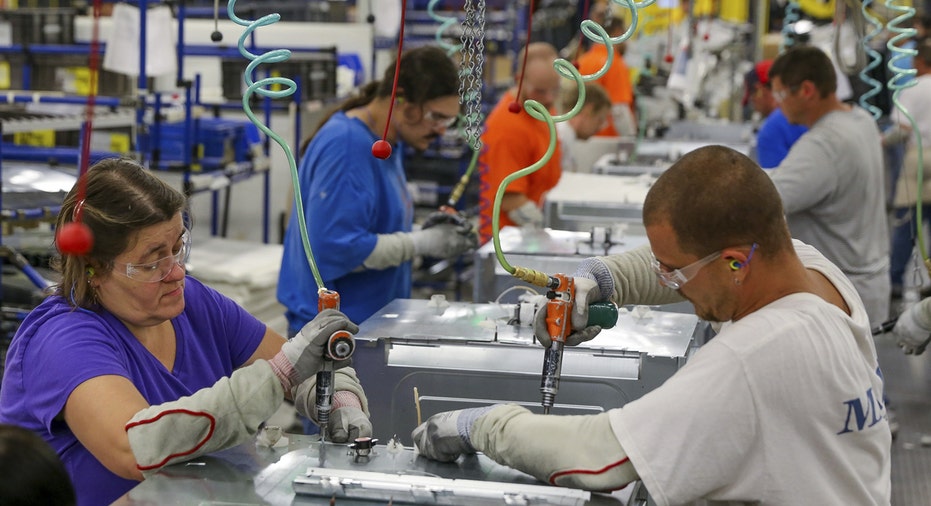Weak 3Q GDP Doesn't Rule Out December Rate Hike

Weak economic growth during the third quarter was a temporary glitch caused by shrinking inventories and not likely to have much impact on the long-running debate over the timing and trajectory of interest rate hikes.
In other words, a December rate hike is still on the table.
“Real GDP in the third quarter grew at less than half the annual rate of the prior quarter. But that subpar number should not be mistaken for slower underlying growth. Much of the weakness stemmed from the onset of a long-awaited correction to private inventories,” said analysts at research firm IHS Global Insight.
The IHS analysts said the softer third-quarter GDP report probably didn’t alter the odds of a December interest rate hike by the Federal Reserve, which they put at 50-50.
The Commerce Department said Thursday that third-quarter GDP expanded at 1.5% annual rate (annualized and adjusted for inflation). That’s less than half the 3.9% growth rate in the second quarter, and slightly below the Thomson Reuters estimate of 1.6%. GDP represents the total value of goods and services produced in the U.S.
The inventory drawdown, which shaved off 1.44 percentage points off GDP, is likely to be only a temporary drag on the economy, according to economists who expect growth to pick up in the current fourth quarter.
The roller coaster GDP numbers – up 3.6% in the second half of 2014, a contraction of 0.2% in the first quarter of 2015, then the 3.9% growth in the second quarter – are reflective of the conflicting dynamics confronting the U.S. economy.
On the one hand the U.S. employment situation has been gradually improving and consumer spending has remained strong. Consumer spending increased at a 3.2% rate in the third quarter, only a slight slowdown from the 3.6% advance during the prior three months. The recent gain was led by strong spending on long-lasting goods, including vehicles.
On the other hand a strong U.S. dollar has cut into many companies’ overseas profits and slashed exports while concerns are rising that China’s long period of economic growth may be slowing.
“The big question is therefore whether the slowdown is intensifying as we move towards the end of the year, causing the Fed to hold off hiking rates at its December meeting,” said Chris Williamson, chief economist at research firm Markit.
Some analysts believe the strengths will eventually outweigh the weaknesses and that the anemic 3Q figure doesn’t automatically preclude a December rate hike.
“While we believe the US cannot remain the global growth locomotive indefinitely, we also firmly believe there is still plenty of coal in the burner,” said analysts at Oxford Economics. “We maintain our call for a December Fed rate hike and anticipate real GDP growth averaging 2.4% in Q4 and 2.6% next year.”
On Wednesday the Fed voted to keep interest rates at their current near-zero level, delaying a decision until at least December. The Fed cited a weak September labor report that included data showing wages aren’t rising for most Americans.
While Thursday’s GDP report will certainly be taken into account, the volatile nature of the data means it will likely play less of a role in the Fed’s decision that next week’s October jobs report.



















